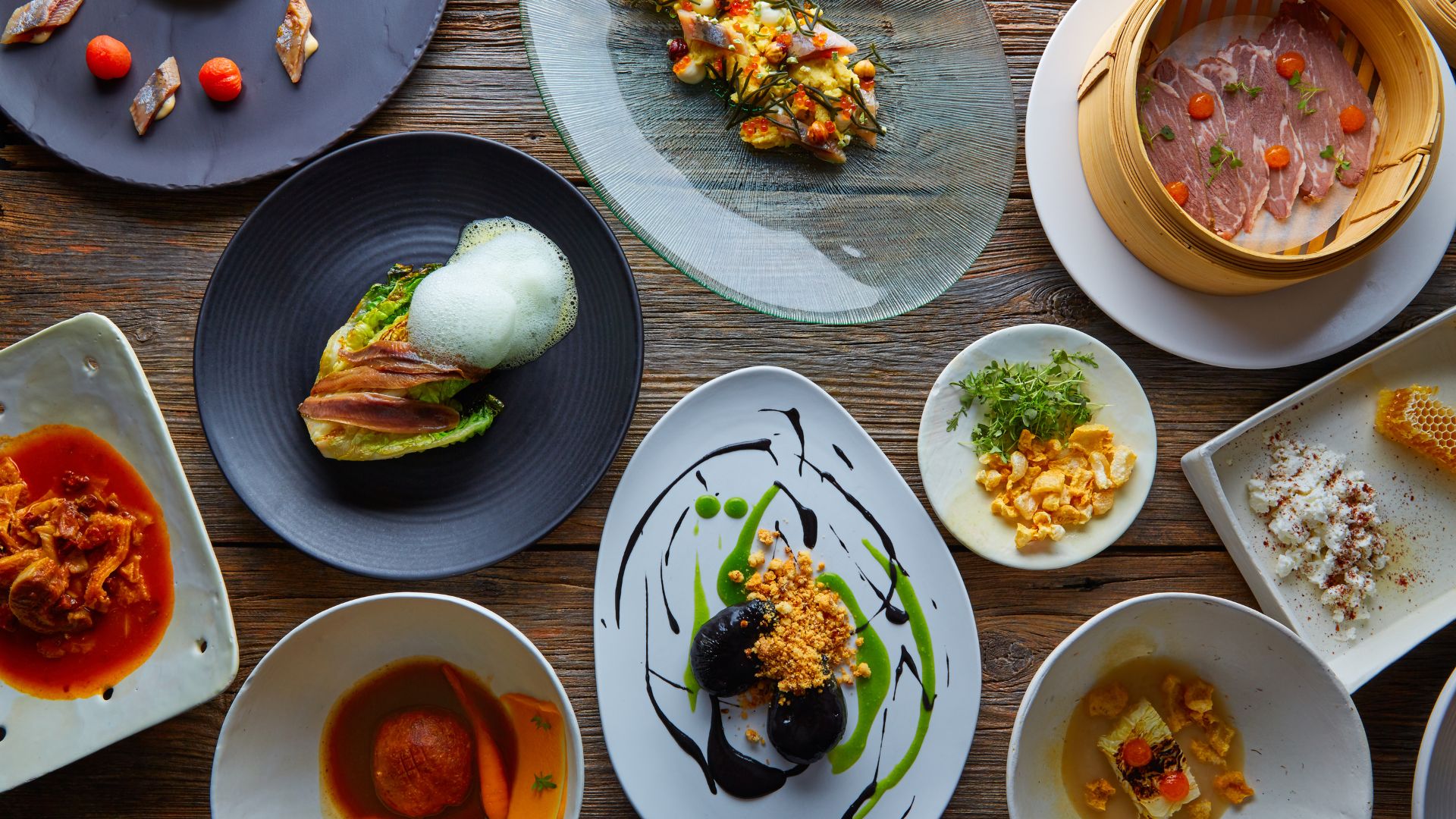Embark on a culinary journey like no other, as we delve into the vibrant and diverse world of New World cuisine. This gastronomic exploration will tantalize your taste buds, expose you to unique flavors, and offer a fresh perspective on what you know about food.
From the cornfields of North America to the tropical fruit groves of South America, the New World has gifted us with an array of food items that have transformed global dining tables. It’s a melting pot of cultures, traditions, and ingredients, resulting in dishes that are as varied as the landscapes they originate from. Get ready to savor the flavors of the New World, a realm where food truly is a universal language.
Food From The New World
The Impact of the Columbian Exchange
The Columbian Exchange, a widespread transfer of plants, animals, culture, technology and ideas between the Americas and the Old World in the 15th and 16th centuries, had significant influence on the world food style. It dramatically enriched European and Asian tables with the introduction of myriad New World items, such as potatoes, tomatoes, peppers, squash, and maize (corn). Contrarily, it brought Old World foods, like wheat, olives, and grapes, to the Americas. These exchanges reshaped dietary habits across the globe, broadening culinary horizons and fueling culinary innovation. The New World’s contributions, for instance, the potato booming in Ireland or the tomato transforming Italian cuisine, offer notable examples of how food commodities from the Columbian Exchange have shaped global gastronomy.
Indigenous Foods Pre-Columbus
Before Columbus’s arrival in the Americas, the indigenous peoples had a rich and diverse tradition of food utilization, many elements of which still persist in New World cuisine. From squash, beans, and maize—the “Three Sisters” of Native American agriculture—to the myriad fruits, nuts, and game animals harvested from the land and sea, the pre-Columbian diet was abundant and varied. For instance, the indigenous people in the Andean region cultivated quinoa, a grain-like seed, long before it became a global “superfood”. Likewise, inhabitants of Mesoamerica were making drinks from cacao beans centuries before Europeans developed a taste for chocolate. This plethora of native ingredients and traditional cooking techniques enriched New World cuisine and formed the foundation for countless regional dishes seen today. Indeed, many of these indigenous foods underpin contemporary New World dishes, reminding us of the region’s culinary past while fueling its gastronomic future.
Staples of New World Cuisine
In the realm of New World cuisine, three main crops hold an undeniable significance: corn, potatoes, and tomatoes. These staples have not just sustained civilizations but revolutionized global cuisines.
Potatoes: A Root With Profound Impact
Next to corn, potatoes firmly entrench themselves in the annals of New World cuisine. Native to the Andean region of South America, the humble potato became an international sensation post the Columbian exchange. It radically altered the food scene in countries far and wide, leading to creations like Ireland’s colcannon and the Belgian fry. The hardiness and nutrition-packed nature of the potato highlighted it as a survival food too, with history noting its role in mitigating famine conditions. In 2018, world potato production peaked at approximately 368 million metric tons, underscoring the profound impact of this unassuming root.
Tomatoes: A Fruit That Conquered Cuisines
Lastly, we turn to the tomato, a New World contribution that has painted the culinary landscape red. Native to western South America and Central America, tomatoes initially faced reluctance due to their connection to the nightshade family. However, their robust flavor and versatile use in cooking turned the tides in their favor. They’ve since become a staple in various global cuisines, starring in Italian pasta sauces, Mexican salsas, and Indian curries. An estimated 182 million tonnes of tomatoes were produced globally in 2019, offering evidence of their irreplaceable role in world cuisine.
The contributions of corn, potatoes, and tomatoes to New World cuisine demonstrate the transformative power of food in shaping cultures and landscapes. Despite their simple exterior, these crops carry historical weight and hold the key to many cherished recipes around the globe. From the Americas to distant continents, their culinary footprint continues to expand and inspire.
